Quinoa /Chenopodum quinoa/ is an annual plant with broad leaves. More often regarded as a grain, quinoa is actually like green leafy vegetables, such as spinach and beets. It was recently discovered to be an ancient "grain" that has always been considered the "gold of the Incas".
Although today is not a common item in most kitchens, quinoa is rich in amino acids (protein) seed that has a mossy, creamy, thin and crunchy texture and slightly reminiscent of walnuts taste when subjected to heat treatment. Quinoa is available year-round.
Quinoa had been cultivated for the first time in the Andes - Peru, Chile and Bolivia, some 5, 000 years ago. Later, in an attempt to destroy and control the South American Indians, Spanish conquistadors prohibit the cultivation of quinoa, and even threatened anyone who tried to cultivate it with death. They offered wheat as a substitute to quinoa, but failed to fully enforce this.
Today the largest producers of quinoa are Chile, Peru and Bolivia. They call it small rice, although technically it is not a true grain, as mentioned, quinoa is a Loboda genus of beet and spinach.
Composition of Quinoa
Quinoa is rich in protein - about 14 to 20%, a very good source of vitamin E and C. Quinoa is the only natural product which gathers all the essential amino acids - eight in number. Quinoa contains manganese, phosphorus, zinc, magnesium, iron and fiber. One of the main advantages of quinoa is its low glycemic index.
Quinoa has a high content of cystine, lysine and methionine - amino acids that are very low in other grains. It also contains albumin - a protein found in blood serums, ovary proteins and the meat of many animals. Quinoa has no gluten, which makes it suitable for consumption by people with allergic reactions to it.
100g quinoa contains 14 g protein, 6 g fat, 7 g fiber, 64 g carbs and 368 Kcal.
Types of quinoa
Plain quinoa - small white, or lightly tan seeds. This type of quinoa is most commonly found in Peru.
Royal quinoa - large red seeds and a very specific taste. Royal Quinoa is grown mainly in Bolivia, under certain weather conditions.
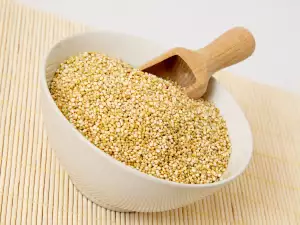
Selecting and storing quinoa
Whenever you buy quinoa, whether it is packaged or not, make sure that there is no trace of moisture in it.
If you're wondering how much quinoa to buy, remember that during cooking, it quadruples in size. Quinoa is cooked like rice.
Quinoa seeds must be stored in a freezer or refrigerator and before use should be thoroughly washed with water to remove its oils.
Quinoa in cooking
A big advantage of quinoa is that it does not need much cooking. The kernels are cooked relatively quickly - in about 15 to 20 minutes, they ingest twice as much water, so they become transparent when ready. Quinoa has a taste that resembles that of nuts. Even fully cooked, its grains are slightly crispy.
It is widely used in cooking, not just for vegetarians, but many people who eat meat. All recipes that are made with rice, bulgur, couscous can be prepared with quinoa. Quinoa can be added to soups, vegetable and meat dishes. From the seeds, you can make pilaf, salads and desserts. Quinoa porridge can be given to babies after the age of 7 months.
With quinoa is cooked bread and bakery products, and low-alcoholic drink with taste resembling that of beer. Cooked quinoa, garnished with a little skim cheese is a great healthy snack.
Quinoa can be eaten in the form of sprouts. For this purpose, the grains must be soaked in water for about 12 hours, after which they are carefully removed and placed on a clean gauze. Sprouted quinoa is a great addition to many salads, but can also be consumed alone garnished with a little garlic and balsamic vinegar.
Benefits of quinoa
- Helps with migraines. If you are prone to getting migraines, try adding quinoa to your diet. It is a good source of magnesium - a mineral that helps to relax the blood vessels and reduces migraine attacks;
- It protects against heart disease. In research done in the U.S. where heart failure is a major cause of hospitalization in the elderly, it turned out that people who take regular breakfast grains, have a 29 percent lower risk of heart failure;
- Fiber, found in whole foods, protects against breast cancer in women. It has been shown that a diet rich in dietary fiber and fruit provides protection against breast cancer in women before their menopause period. Ingestion of concentrated fiber foods reduces the risk of breast cancer significantly;
- Quinoa has significant cardiovascular benefits for women after menopause. Having foods such as quinoa, at least 6 times a week is a good idea especially for women after menopause who have high cholesterol, high blood pressure or signs of cardiovascular disease;
- Whole grains act as a strong protector against childhood asthma;
- It helps in preventing the occurrence of gallstones. Eating foods high in insoluble fiber, such as quinoa, can help women to prevent the occurrence of gallstones.
- Protects against cancer as/or even more than vegetables and fruits do. Recently research has been done not on the "free" form of antioxidant phytonutrients, and their power, but their "attached to" form that is released during digestion and then absorbed. Whole grains are just such an attachable form of phytonutrients, and are likely to be a good agent against cancer.
- Lignans contained in it, protect us from diseases of the heart. One type of phytonutrient, which is particularly concentrated in whole grains is lignan. Lignan protects us not only from breast cancer but also other cancers, as well as various heart diseases.
- Quinoa and other whole-grain crops reduce the risk of diabetes type 2. Quinoa and other whole-grain crops are a rich source of the mineral.
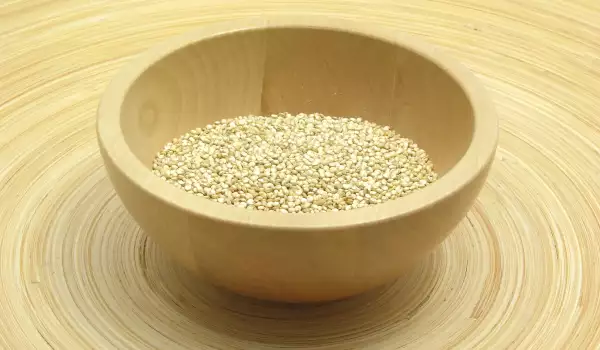
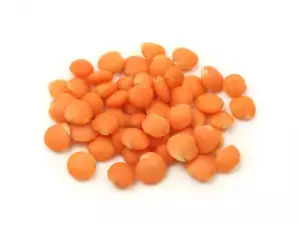
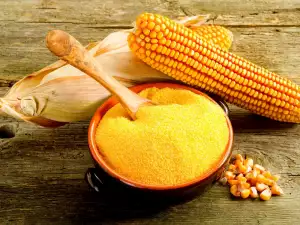
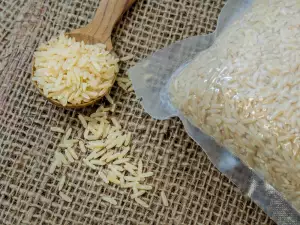
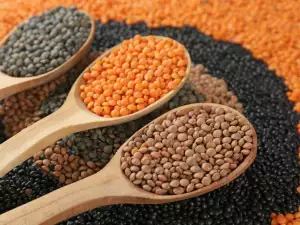
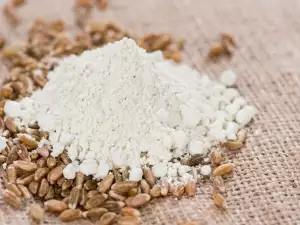
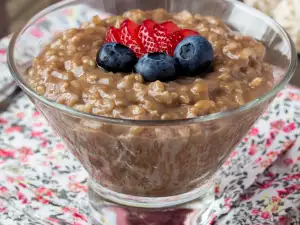
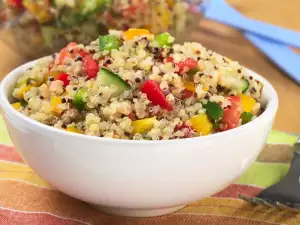
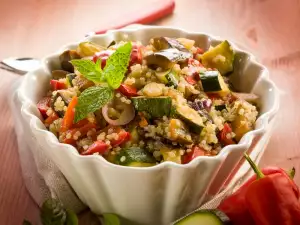
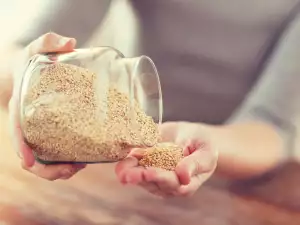
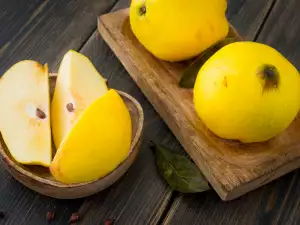







Comments